Introduction:
We have been lucky over the years of owning 9 homes, some older, that we have never had to deal with asbestos floor tiles. Although we were lucky, asbestos floor tiles were widely used in home construction years ago. The reason for their widespread use? Their strength, insulation properties, and resistance to heat. However, the health risks associated with asbestos are now well-known, so these have been banned in new construction since the 1980’s.
Asbestos floor tiles, common in homes and buildings built before the 1980s, may pose a silent threat. But how much do we really know about these tiles? Are they always a danger, or only under certain conditions? And if they are in your home, what should you do?
This dive into the topic of asbestos floor tiles will shed light on these questions and more. We’ll explore the history, the potential risks, and the recommended actions for homeowners. Whether you suspect the presence of asbestos or simply want to be informed, read on and let’s unravel the mystery.
Can You Test For Asbestos Yourself?
Simply stated – Yes, but it must be done with caution. We wrote a post reviewing the 5 Best (At Home) Asbestos Test Kits in 2023. Here’s a summary table of our research. If you decide to test yourself at home, be sure to follow the manufacturers instructions carefully and do not side step any safety recommendations!
Rotate Your Mobile Device If You Can’t see Entire Table
| OVERALL BEST | RUNNER UP | BEST FOR COMPREHENSIVE TESTING | BEST FOR QUICK LAB RESULTS | BEST FOR DIY TESTING |
|---|---|---|---|---|
| SLGI Asbestos Test Kit (5 Day Results) | Asbestos-Sampling.com Test Kit | UNBEWIEVABLE Asbestos Test Kit | SLGI Asbestos Test Kit (1 Day Results) | Seeml Labs Asbestos Inspector |
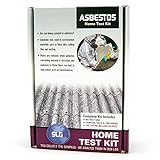 |
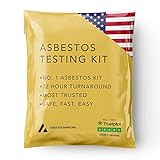 |
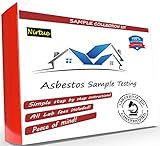 |
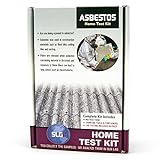 |
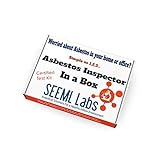 |
| Check Price on Amazon | Check Price on Amazon | Check Price on Amazon | Check Price on Amazon | Check Price on Amazon |
What Are Asbestos Floor Tiles?
Asbestos floor tiles are a type of flooring material that was extensively used in properties throughout the mid-20th century. They were favored due to their durability, insulating properties, and resistance to fire. The primary component in these tiles is asbestos, a naturally occurring mineral known for its heat and corrosion resistance.
However, asbestos is now recognized as a health hazard. When disturbed, these tiles can release microscopic asbestos fibers into the air. If inhaled, these fibers can cause serious health issues, including lung cancer and mesothelioma. Therefore, the presence of asbestos floor tiles in a property can pose a significant long term health risk.
The identification is not always straightforward. They were commonly manufactured in 9-inch squares. The tiles may appear darker due to the aging process and exposure to heat.
If you suspect your floor tiles contain asbestos, it’s important to have them tested. As we said above, you can collect the sample yourself at home, but the actual testing is done by a qualified lab that you send the sample to. If confirmed, removal should be done by licensed professionals to ensure safety. Attempting to remove or disturb these tiles yourself can increase the risk of asbestos exposure, and you will not know it when it happens. So please DO NOT attempt to remove any asbestos tiles, or any other asbestos containing material (ACM) yourself, popper abatement is critical!
It’s worth noting that asbestos floor tiles that are in good condition and not disturbed pose less of a risk. However, if they become damaged or worn, the risk of asbestos exposure increases. Therefore, be sure to monitor the condition of these tiles and take appropriate action if necessary.
How Are Asbestos Tiles Identified?
Identifying these tiles can be challenging, but certain characteristics may indicate their presence.
Asbestos tiles are typically found in older buildings, constructed between the 1920s and 1980s. They are often 9×9 or 12×12 inches in size and have a distinct, shiny appearance. The tiles may be darker in color, with patterns that include speckles or marbling. This image shows some older style, darker 9×9 tiles.
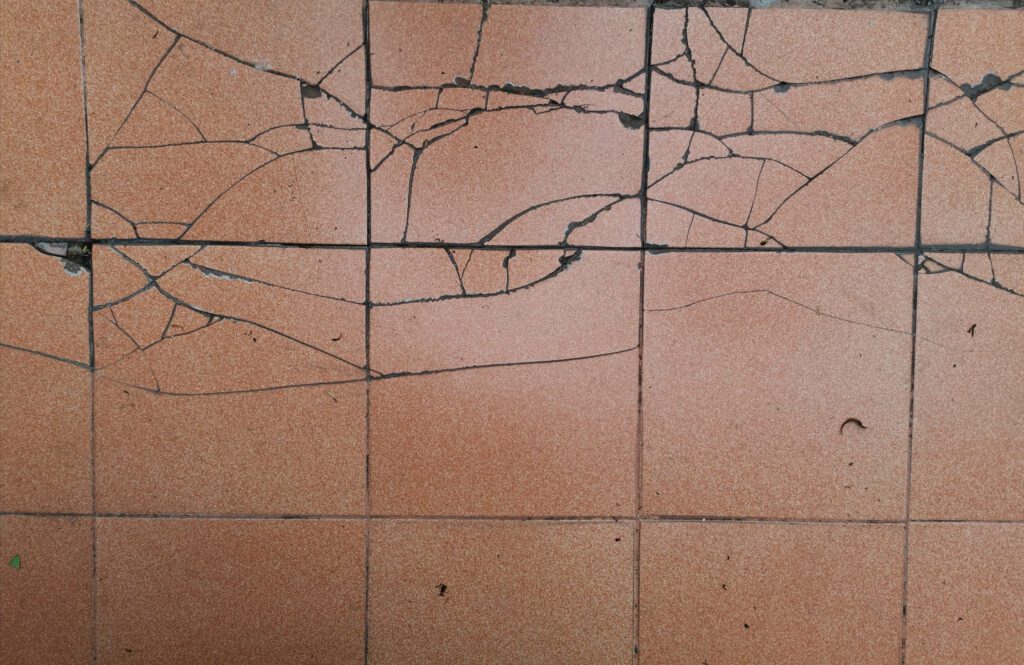
Another way to identify asbestos tiles is by examining the layers beneath the surface. Asbestos tiles are usually thicker than modern tiles and may have a black adhesive known as cutback adhesive on the underside.
However, it’s important to note that visual identification is not foolproof. If you suspect asbestos tiles in your home or building, it’s highly recommended to either use one of the tests recommended above, or hire a professional asbestos inspector. In either case, a small sample of the tile will be taken and tested in a lab to confirm the presence of asbestos.
Remember, if asbestos tiles are in good condition and not disturbed, they don’t pose a significant health risk. However, if they are damaged or you plan to remodel, you should seek professional help to safely handle and remove these tiles.
While it’s important to be aware of the potential presence of asbestos in older buildings, it’s equally important not to panic or try to remove suspected asbestos materials yourself. Always seek professional advice when dealing with potential asbestos-containing materials.
Are Asbestos Tiles Dangerous?
The presence of asbestos floor tiles in your home or office can indeed pose a health risk, particularly when they start to deteriorate or are disturbed during renovations. The issue is the microscopic asbestos fibers that can become airborne and inhaled, leading to serious health conditions such as lung cancer, mesothelioma, and asbestosis.
• The Dangers of Asbestos Tiles
While the use of asbestos in new construction has been banned, many older buildings still contain these tiles. The danger lies not in the tiles themselves, but in the asbestos fibers that can be released when the tiles are damaged or disturbed. These fibers can be inhaled and can lead to serious health problems over time.
While asbestos floor tiles may not pose an immediate danger if in good condition, they should never be taken lightly. Always consult with a professional if you suspect the presence of asbestos in your building.
How To Safely Remove Asbestos Tiles?
Removing asbestos floor tiles is a delicate task that requires utmost care. If asbestos is confirmed, consider your options. It’s often safer to leave undamaged asbestos tiles in place, covering them with new flooring instead. However, if removal is necessary, it’s important to hire a licensed asbestos abatement professional. They have the specialized equipment and knowledge to safely remove and dispose of asbestos materials.
We strongly discourage you from dong this yourself. I’m an engineer with 35+ years of industry experience, an accomplished DIY’er that will take on any project in my home, BUT, I will NOT EVER attempt to remove asbestos tiles, or any ACM.
However, there are all types out there. If you are foolish enough to try, be sure to wear protective clothing, including a respirator that can filter asbestos fibers. Wet the tiles to minimize dust, and avoid breaking them. Asbestos waste should be double-bagged and disposed of at a licensed facility.
Here are some tips for safe asbestos tile removal:
- Never use power tools, which can release asbestos fibers.
- Keep the area well-ventilated.
- Always wash your hands and face before eating, drinking, or smoking after handling asbestos
- Keep everyone who doesn’t need to be there, OUT!.
It’s possible to safely manage asbestos floor tiles yourself – BUT I STRONGLY RECOMMEND AGAINST IT! AND IT MAY BE ILLEGAL IN YOUR AREA TO DO SO!
Can Asbestos Tiles Be Covered?
Covering asbestos floor tiles is indeed a viable option. Instead of removing the tiles, which can release harmful asbestos fibers into the air, encapsulation, sealing asbestos floor tiles, provides a safer alternative. This process involves installing a new layer of flooring over the existing asbestos tiles, effectively sealing in the hazardous material.
There are several types of flooring suitable for encapsulation, including:
- Vinyl
- Carpet
- Ceramic tiles
While this method prevents the release of asbestos fibers, don’t forget that the asbestos is still present. Therefore, future flooring work will require special precautions to avoid disturbing the encapsulated tiles.
Professional guidance is highly recommended when dealing with asbestos-containing materials. Experts can assess the condition of the tiles and determine the best course of action. If the tiles are damaged, releasing fibers, or if the new flooring cannot be installed without disturbing the asbestos tiles, removal may be necessary.
Remember, while covering asbestos tiles can be a practical solution, it’s not a permanent fix. The presence of asbestos should be disclosed during any property sale or renovation project to ensure the safety of all parties involved.
What Are The Laws Regarding Asbestos Tiles?
In the United States, the Environmental Protection Agency (EPA) and the Occupational Safety and Health Administration (OSHA) are the primary bodies that regulate asbestos-containing materials. The EPA’s Asbestos National Emission Standards for Hazardous Air Pollutants (NESHAP) regulations specify that non-friable asbestos-containing materials (ACM), such as floor tiles, must not be disturbed to the point where they become friable, or easily crumbled by hand pressure.
Furthermore, OSHA’s regulations require employers to protect their workers from asbestos exposure. This includes providing training, respiratory protection, and medical surveillance for those working with asbestos-containing materials.
In the UK, the Control of Asbestos Regulations 2012 governs the management and removal of asbestos. It mandates that anyone dealing with asbestos must be appropriately trained and that non-licensed work with asbestos must be notified to the relevant enforcing authority.
Asbestos floor tile removal must be done by professionals who are trained to handle hazardous materials safely. It’s important for homeowners and business owners to be aware of these regulations to ensure safety and compliance. Remember, ignorance of the law is not an excuse for non-compliance.
Who Can Professionally Remove Asbestos Tiles?
Removing asbestos floor tiles is a complex task that requires professional intervention. Asbestos abatement professionals are the ones who can safely and effectively handle this task. These experts have the training, experience, and equipment necessary to navigate the potential health hazards associated with asbestos.
Asbestos removal companies are licensed and certified to perform these tasks. They follow strict safety protocols, including the use of personal protective equipment (PPE), to prevent the release of asbestos fibers into the air. Plus, they are knowledgeable about the regulations and guidelines for asbestos disposal.
The process of professional asbestos removal involves several steps. First, the area is sealed off to prevent the spread of asbestos fibers. Then, the tiles are carefully removed, bagged, and sealed for disposal. The area is then thoroughly cleaned and air tested to ensure all asbestos has been removed.
When choosing a professional for asbestos tile removal, consider their credentials. They should be licensed and insured, and have a strong track record of safety and customer satisfaction. Online reviews and referrals can also be helpful in making a decision.
Remember, attempting to remove asbestos tiles yourself can be dangerous. It is always recommended to hire a professional to ensure the job is done safely and correctly. This is not a DIY project, and the health risks associated with improper removal are significant. The peace of mind that comes with professional asbestos removal is well worth the investment.
What Does Asbestos Abetment Typically Cost?
- Small-Scale Projects:
- Minor asbestos removal jobs, such as removing a small section of asbestos insulation or a few square feet of asbestos floor tiles, can cost anywhere from $1,000 to $3,000.
- Moderate Projects:
- For larger areas or more complex projects, such as removing asbestos from an entire room or multiple rooms, the cost can range from $3,000 to $10,000 or more, depending on the size and complexity.
- Extensive Projects:
- Extensive asbestos removal projects that involve multiple rooms, entire buildings, or industrial sites can cost tens of thousands of dollars. Costs for such projects can range from $10,000 to $30,000 or more, depending on the scale and complexity.
- Emergency Removal:
- Emergency asbestos removal, often required after disasters like fires or floods, can be substantially more expensive due to the urgency and the need for immediate action. Costs for emergency removal can range from $10,000 to $50,000 or higher, depending on the extent of the damage.
- Testing and Assessment:
- Asbestos testing and assessment services typically cost between $200 and $1,000, depending on the number of samples and the complexity of the assessment.
- Disposal:
- The cost of properly disposing of asbestos waste can range from $100 to $500 or more per ton, depending on local disposal facility fees and regulations.
- Professional Services:
- Hiring licensed asbestos removal professionals or consultants may involve hourly rates or project-based fees. Hourly rates can vary widely, but they often range from $50 to $150 per hour or more.
Concluding Thoughts on Asbestos Floor Tiles
We’ve covered a lot of ground on this. We’ve learned that these tiles were a popular choice in the past due to their durability and fire resistance, but their identification can be a complex process due to their similarity with other tile types. The danger lies in the potential release of harmful asbestos fibers when these tiles are disturbed or damaged.
We’ve explored safe removal methods, which should ideally be handled by professionals to minimize health risks. However, if covering the tiles is an option, it can be a safer and less expensive solution.
The laws surrounding asbestos tiles are strict and must be adhered to, emphasizing the importance of professional involvement in their removal. Following these guidelines can protect not only your health, but also your legal standing.
And we have also looked at what typical abatement costs could be based on the circumstances at hand.
While asbestos has been banned in building materials, it is still in use in some automotive products, Fireproofing and Insulation, some home appliances, a few consumer goods, and some industrial products. Be sure to remain diligent to avoid exposure, and if you suspect you have been exposed, discuss with your health care professional as soon as possible.

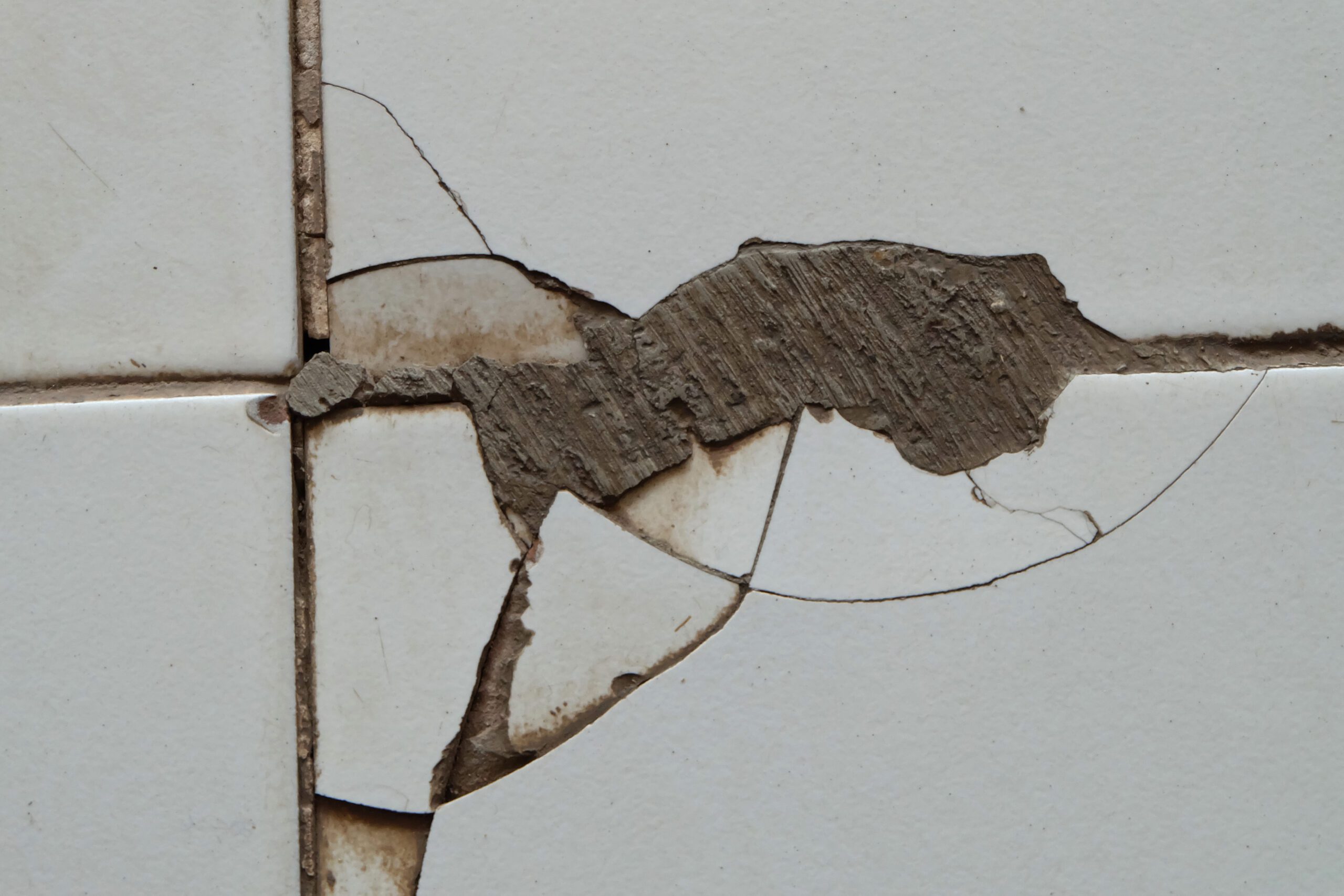
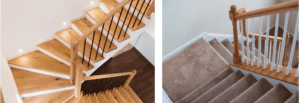


Thanks and agree with your comments. Always a good idea to get multiple quotes and discuss disruption options!
“We strongly discourage you from dong this yourself. ”
Sounds good – the problem is that every contractor wants to dictate terms that are often unacceptable in lieu of other mitigation.
For example, requiring that you not inhabit the home for 5 days. That’s not acceptable if you’re talking about 12 tiles in a front door entryway that can easily be tarped off/isolated. But the sense is that they don’t want to do the extra work that’s necessary to minimize disruption if the scope of work is small; they’re apparently applying a one-size-fits-all approach.
If the asbestos is in every bit of insulation in your attic, that’s one thing. But that causes people to just try to do it themselves especially if they think the risk is overstated given the size of the affected area .